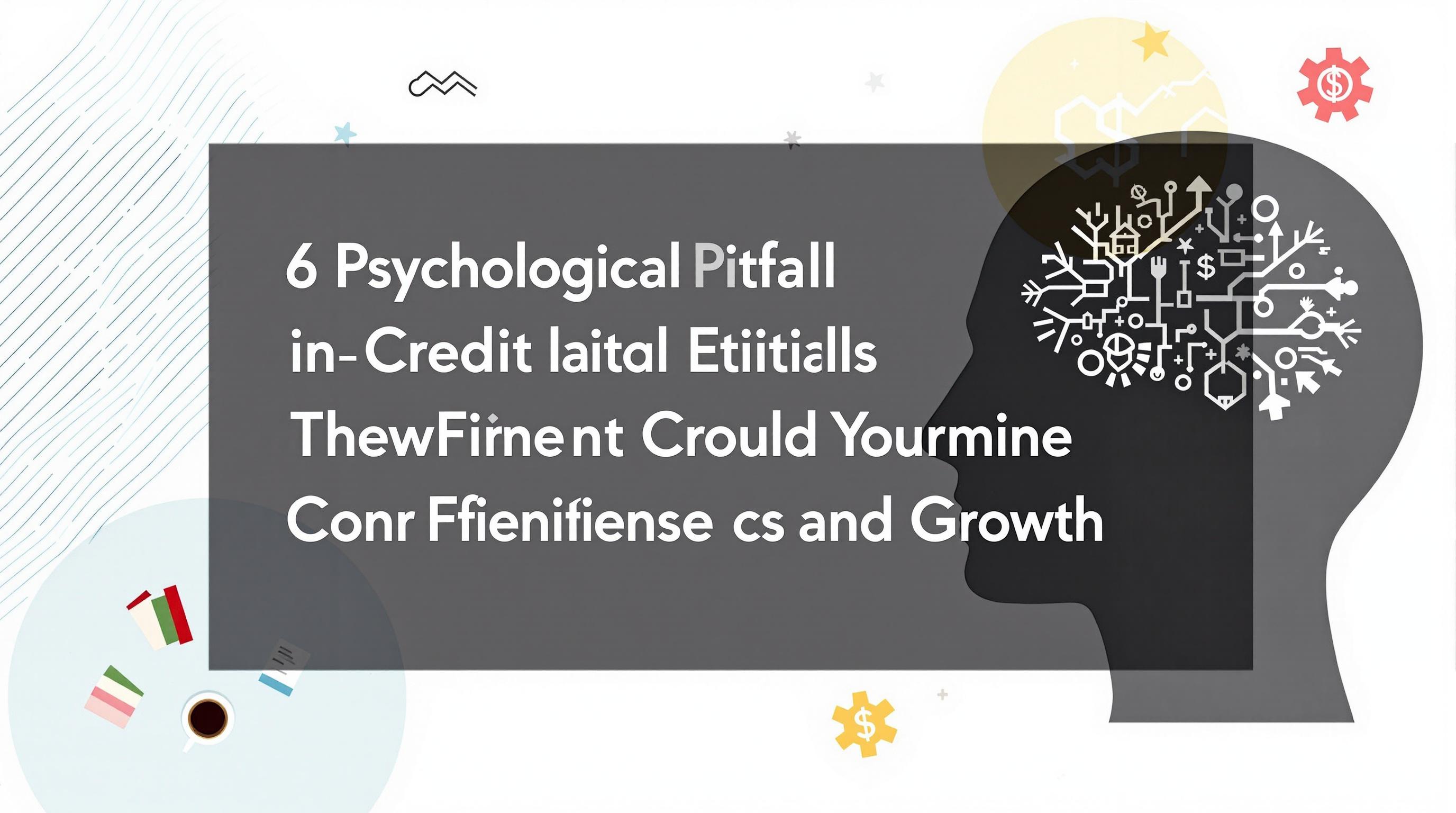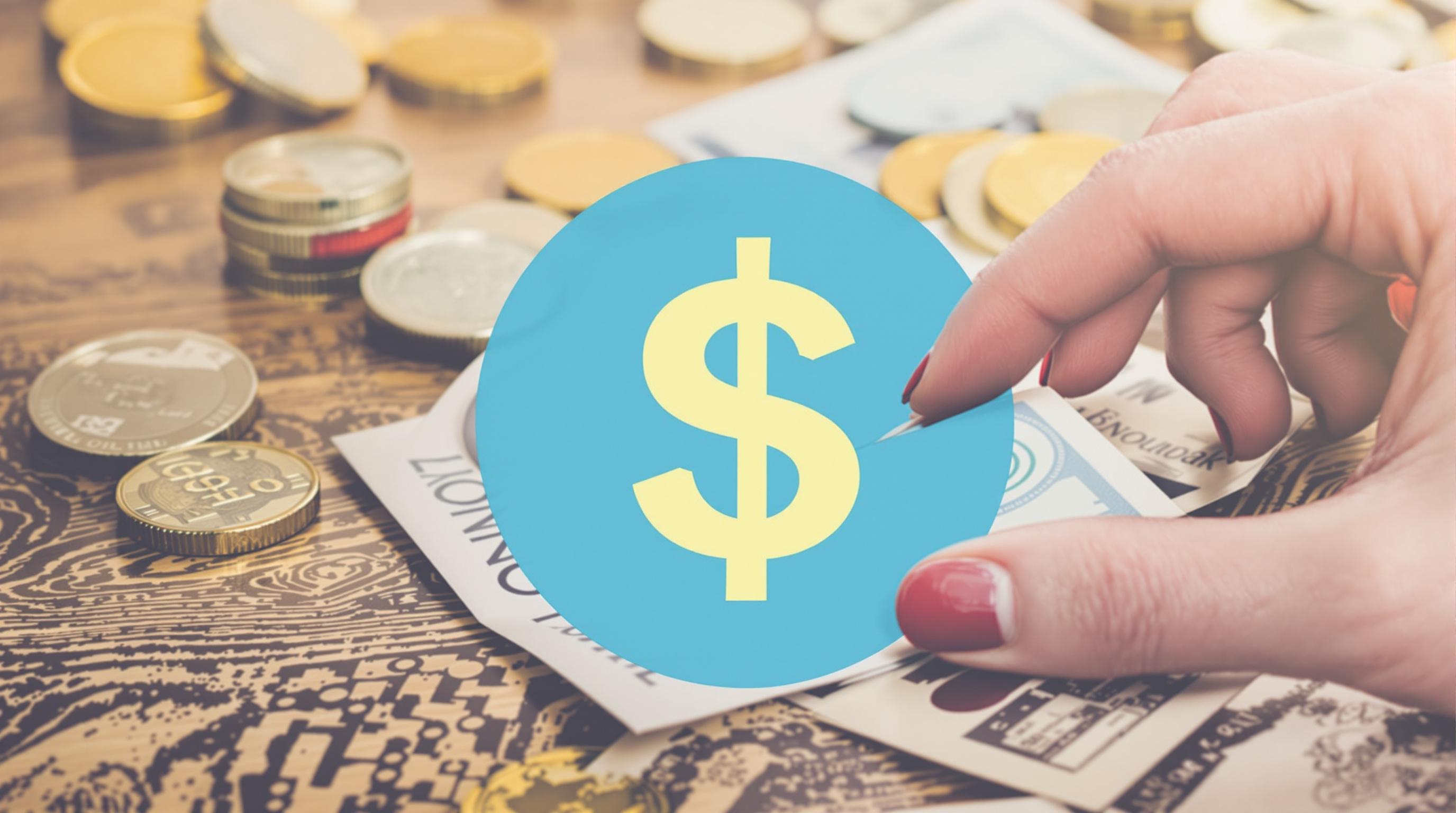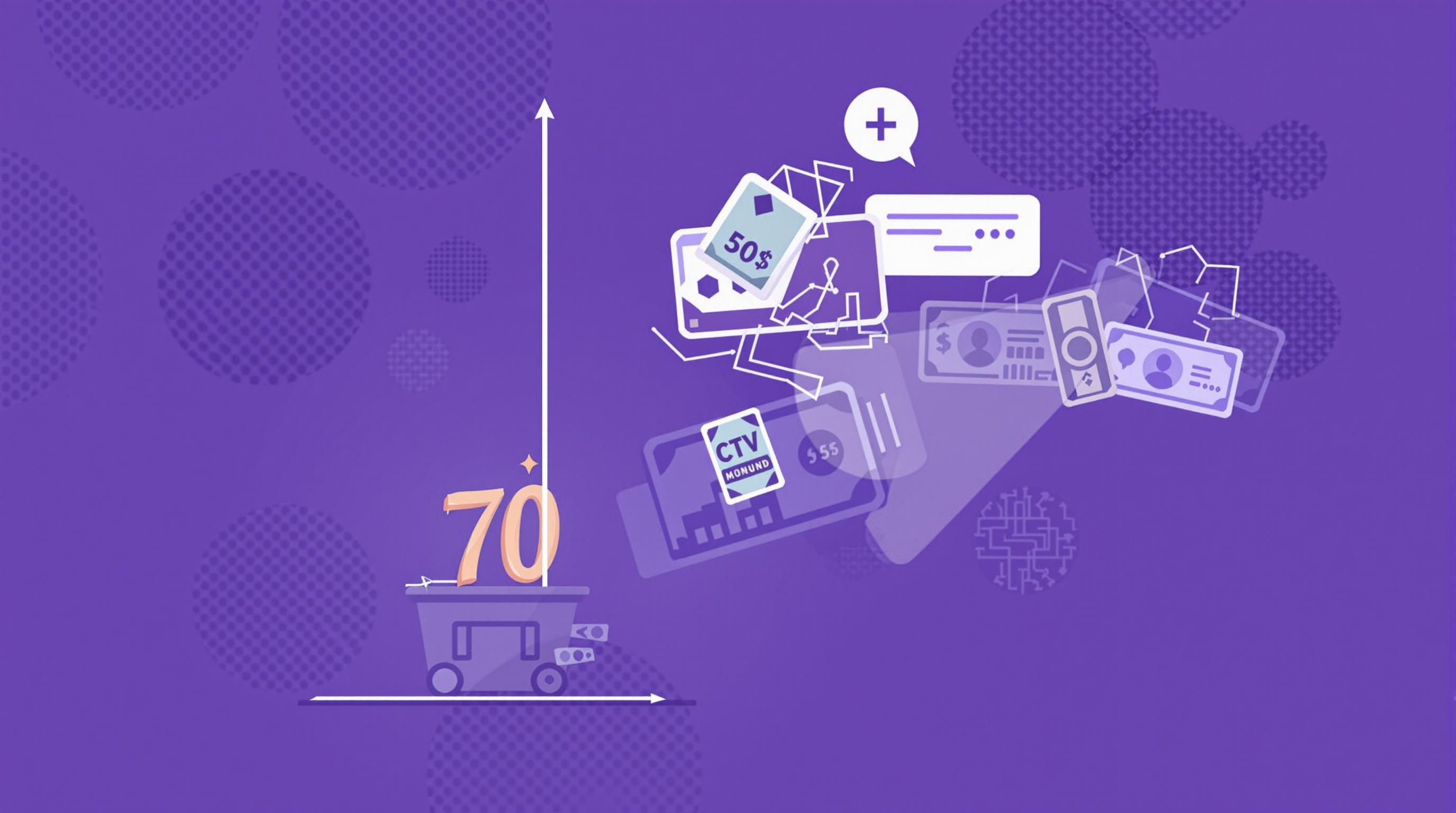Related Articles
- Top 6 Niche Credit Cards from the Past Five Years That Exploit Unseen Reward Loopholes
- Unmasking the Silent Influence of Social Media Challenges on Long-Term Financial Behavior and Credit Recovery
- How Microcredit Dynamics in Remote Communities Are Redefining Access and Trust Beyond Traditional Credit Metrics
- How Cultural Attitudes Shape Collective Borrowing Habits and Their Impact on Financial Unification Strategies
- Top 5 Under-the-Radar Digital Loan Services Launched Since 2019 That Are Disrupting Traditional Borrowing Norms
- Top 6 Cutting-Edge Financial Wellness Platforms Redefining Debt Recovery Tools Released Since 2019
5 Lesser-Known Psychological Triggers Behind Credit Utilization That Influence Your Financial Stress and Spending Habits
5 Lesser-Known Psychological Triggers Behind Credit Utilization That Influence Your Financial Stress and Spending Habits
5 Lesser-Known Psychological Triggers Behind Credit Utilization That Influence Your Financial Stress and Spending Habits
1. The Anchoring Effect and Credit Limits
The anchoring effect refers to the human tendency to rely heavily on the first piece of information encountered when making decisions. In credit utilization, the credit limit serves as an anchor. When individuals see a high credit limit, they may perceive it as an indicator of available resources, leading to higher spending. This subconscious benchmark sets a spending boundary, influencing how much one is comfortable utilizing.
Interestingly, the anchoring effect can increase financial stress if the credit limit is close to being maxed out. Borrowers tend to focus on the limit rather than their actual repayment capacity, exacerbating anxiety about the impending bills.
Understanding this cognitive bias can empower consumers to consciously set personal spending thresholds well below their credit limit, thereby mitigating stress and averting reckless spending behavior. (Tversky & Kahneman, 1974)
2. The Illusion of Debt as "Free Money"
Psychologically, credit feels less tangible than cash, making it easier for people to disconnect from the reality of their debt. This illusion occurs because credit card transactions lack the immediate pain point of handing over physical currency, weakening the mental association between spending and loss.
As a result, consumers often rationalize overspending, viewing credit lines as an extension of their income rather than borrowed funds that must be repaid with interest. This misperception inflates credit utilization and increases long-term financial stress.
By reframing credit as borrowed money with real consequences, individuals can cultivate more mindful spending habits and reduce chronic reliance on credit, fostering healthier financial behaviors.
3. The Sunk Cost Fallacy in Credit Repayment
The sunk cost fallacy compels individuals to continue investing in a decision based on previously incurred costs rather than future benefits. In terms of credit utilization, this means some people continue to use credit cards heavily to justify past debt or avoid admitting financial difficulty.
This mental trap can perpetuate overspending and hinder repayment efforts, contributing to mounting stress over unmanageable balances. The emotional weight of acknowledging past borrowing mistakes can push individuals deeper into debt.
Awareness of this fallacy allows consumers to break free from detrimental money patterns and make objective decisions focused on long-term financial health rather than sunk costs.
4. Social Comparison and Spending Pressure
The influence of social comparison plays a subtle but potent role in credit utilization. Seeing peers flaunt high-end purchases can spur individuals to use credit more liberally to keep up, driven by the psychological need for social acceptance.
This externally fueled spending often overshadows personal budgets and priorities, resulting in higher credit utilization ratios and elevated stress from balancing social aspirations with financial reality.
By prioritizing personal values over social comparison, individuals can resist peer pressure, maintain balanced credit use, and reduce anxiety linked to perceived social status.
5. The Role of Instant Gratification
Instant gratification is a powerful psychological driver of credit card use. The immediate pleasure of acquiring goods or experiences overshadows the delayed pain of repayment, skewing decision-making towards short-term reward.
Credit cards make gratification easy and quick, increasing the temptation to spend beyond means, with credit utilization soon rising to uncomfortable levels and financial stress intensifying.
Cultivating patience and employing delay tactics—like setting a waiting period before purchases—can disrupt this impulse, encouraging more deliberate use of credit and mitigating stress.




